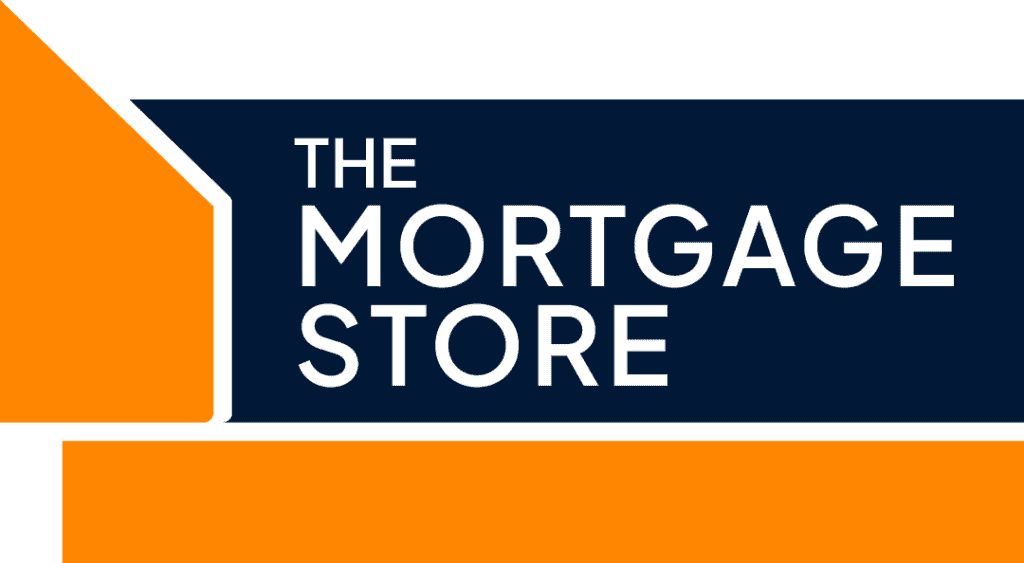Further Advance
- Expert Mortgage Advisers
- Thousands of Mortgage Products Available
- See if we can help you find the right deal.
Get in touch for a free, no-obligation chat with an adviser about how we might be able to help.
Home » Further Advance
Further Advance Mortgage
Oliver Whelan talks all about a further advance mortgage.
What is a further advance and how does it work?
A further advance is where you approach your current mortgage lender for additional borrowing. You’ll have your main mortgage in place, which you make your regular monthly payments to, and this will be an additional mortgage that will run alongside it.
Why would you need a further advance? What can the additional borrowing be used for?
Further advances are typically used for when people want to do home improvements or renovation works on their property. Say, for example, you wanted to borrow an extra £50,000 to create a kitchen-diner, knock through a wall or add an extension. Those are the kinds of things that people fund with a further advance.
People also use them for consolidating debts that they might have, whether that’s credit cards, personal loans or car finance.
How much can I borrow on a further advance?
It depends on your income. It works the same as affordability for a normal mortgage. So if the maximum you can borrow is, say, £200,000, that will probably be the cap on your further advance.
You might already have a mortgage of £150,000, in which case you can only borrow an additional £50,000. It will come down to the affordability assessment. It also depends on the lenders’ maximum Loan to Value. Some lenders cap further advances at 80% or 85% of the total value of your property. Any borrowing above that loan to value wouldn’t be possible.
Can anyone get a further advance?
Pretty much, as long as it fits on affordability and the loan to value is within the lender’s criteria. Anyone who’s got a current mortgage can apply for a further advance, providing that they meet the lender’s requirements.
How long does a further advance take?
That’s a tricky one – sometimes they’re very quick, but sometimes they can take a little longer. It’s down to the lender’s service levels and how long it takes their underwriters to review the case and decide if they’re going to lend or not.
Typically it’s a lot quicker than applying for a mortgage, mainly because there are no solicitors involved. It’s a transaction between the lender and the client so there is no legal work to do on the property.
Is a further advance a second charge?
No – these are two different things. A further advance is when you borrow more money from your current lender on a first charge basis. A second charge is when you’ve raised additional funds on the property with a different financial provider.
Specialist lenders sometimes do a second charge for similar sorts of things – and this is something that mortgage brokers can arrange. The main difference is that a further advance is with your current lender and the second charge would be with another lender.
What is a Buy to Let further advance?
You can do a further advance on a Buy to Let, again, as long as it’s affordable and within the lending criteria. Most of the time, people do this to raise funds for a deposit on their next Buy to Let purchase.
A portfolio landlord who’s got perhaps two or three properties and is looking to add a fourth and fifth home to their portfolio, might raise further advance on their current properties as a deposit. It’s not something I’ve come across a lot of recently, but it can be done.
How do I apply for a further advance mortgage?
This is something that a mortgage broker can help with. It’s just a question of letting us know how much you want to borrow and the purpose for the additional funds. We should be able to work out if it’s affordable and then we’ll go through the lender’s criteria to make sure that everything fits in place.
We’ll be able to advise you on what product will best suit you for that further advance – because it has a different rate and term to your main mortgage. Your main mortgage might be on a five year fixed rate of 2%, for example, whereas the further advance might be on a two year fixed rate for 6.5%. They’re two different products, which is why it’s best to speak to an adviser for a recommendation on the most suitable approach.
What costs are involved in a further advance?
Costs are relatively low in the grand scheme of things. You’re looking at product fees as well as broker fees, but because solicitors aren’t involved, there are no legal fees so that’s a good saving.
Typical product fees are about £1,000, but some deals don’t have a fee at all.
What else should I consider with a further advance?
The main thing to say is that I strongly recommend speaking to a mortgage broker when arranging a further advance. It saves you so much time and hassle rather than doing it yourself. Most people have better things to do than spend an hour on hold waiting to speak to their current lender and book an appointment in three or four weeks’ time.
It’s much quicker and easier to tell us what you want to do. We’ll have most of the research done for you in just an hour or two – so it saves you so much time.
Your property may be repossessed if you do not keep up with your mortgage repayments.
The Financial Conduct Authority does not regulate some Buy to Let Mortgages.
Useful Links
- Remortgage
- Buy to Let
- Home Mover
- First Time Buyer Mortgage
- Joint Borrower Sole Proprietor (JBSP) Mortgages
- Shared Ownership
- Deposit Unlock
- New Build Mortgages
- Equity Release
- Bridging Finance Buy to Let
- Contractor Mortgages
- Mortgages for Teachers
- Self-Employed Mortgages
- Commercial Mortgages
- Try our calculator
- Remortgaging to Release Equity
Why The Mortgage Store?

Exclusive rates you won’t get directly from lenders

With you every step of the way






